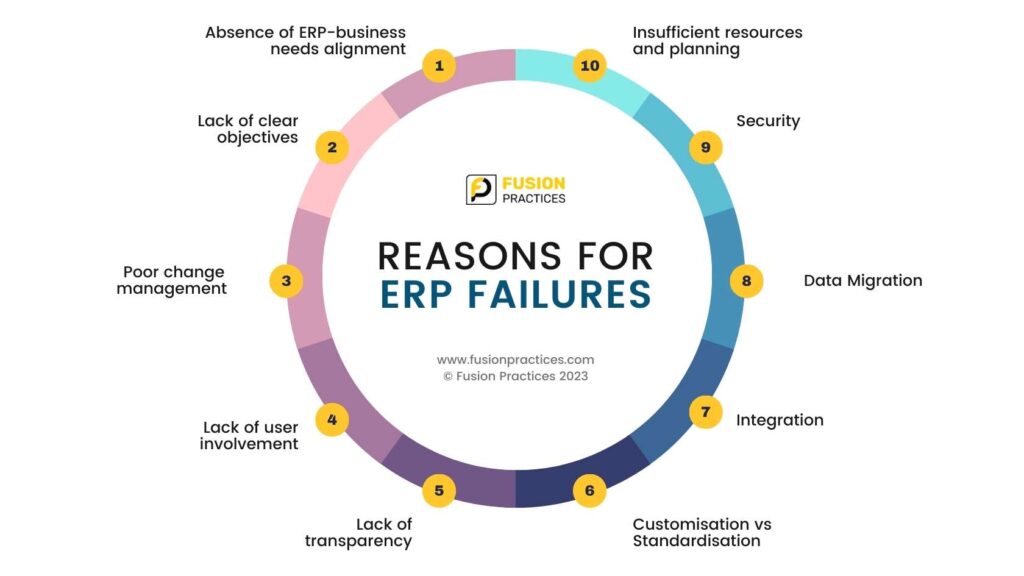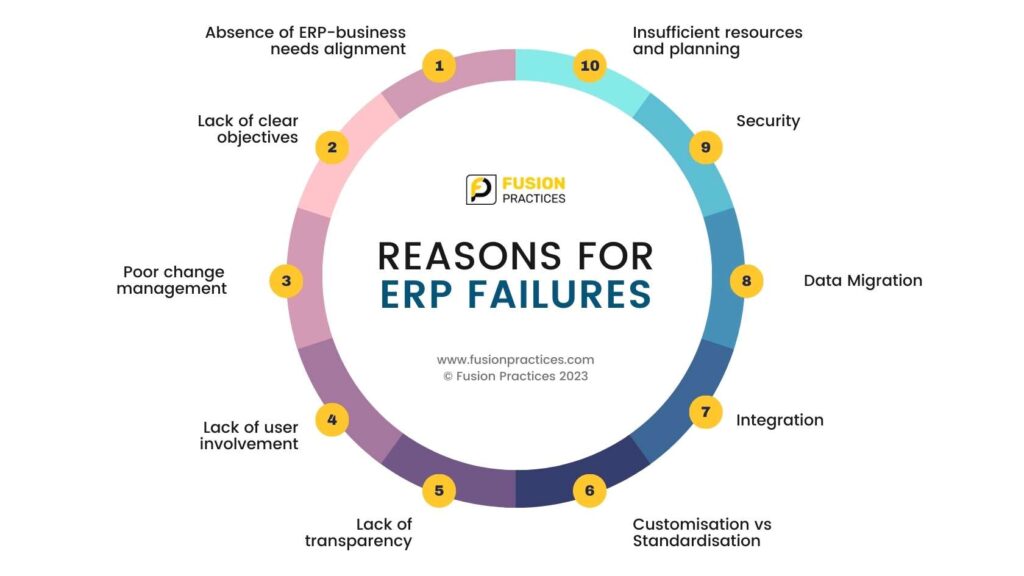In today’s fast-evolving business environment, a robust digital transformation strategy is critical for companies aiming to stay agile and ahead of the competition. Unlike isolated technology upgrades, a well-crafted strategy encompasses a comprehensive plan that reshapes operations, elevates customer experiences, and drives long-term growth. This article takes an in-depth look at what a digital transformation strategy entails, its benefits, potential pitfalls, and how to effectively implement it. With insights from industry leaders and real-world reviews, you’ll understand why aligning your business with a digital transformation strategy is a game-changer.
Understanding Digital Transformation Strategy
A digital transformation strategy is a well-defined plan that guides a business through the integration of digital technologies into every aspect of its operations. Its purpose is to restructure processes, enhance decision-making, and create innovative value propositions for customers. This strategy is about more than just purchasing new software—it involves a complete rethinking of how your business operates and delivers value.
Key Components
A successful digital transformation strategy typically includes:
- Vision & Objectives: Defining the clear goals behind the transformation effort.
- Technology Adoption: Choosing the right tools and platforms that align with business goals.
- Process Redesign: Optimizing workflows to create efficiencies and foster innovation.
- Cultural Change: Encouraging a mindset that embraces digital tools and continuous learning.
- Data Utilization: Harnessing data analytics to inform decisions and measure progress.
This holistic approach ensures that every department in the organization is aligned toward the common goal of digital excellence.
People Are Always Asking…
One recurring question we hear is: “How do I know if my business is ready for a digital transformation strategy?” Here are some indicators:
- Outdated Processes: If your operations are slow or inefficient, digital technology could streamline workflows.
- Customer Expectations: Today’s consumers demand a seamless, digital-first experience.
- Competitive Pressure: Staying competitive means harnessing the latest technology to deliver superior products and services.
- Growth Stagnation: If you’re finding it hard to scale or innovate, a digital transformation strategy could provide the breakthrough you need.
These questions reflect a growing awareness among business leaders that digital transformation isn’t a luxury—it’s a necessity.
The Benefits of a Digital Transformation Strategy
Embracing a digital transformation strategy can yield profound benefits. Here are the most notable advantages:
- Enhanced Operational Efficiency:
- Streamlined processes reduce redundancies and cut costs.
- Automation and analytics lead to smarter, faster decision-making.
- Superior Customer Experiences:
- Personalization and on-demand services improve customer satisfaction.
- Digital channels allow for quicker response times and better engagement.
- Innovation and Agility:
- New technologies foster creative problem-solving.
- A flexible digital framework enables rapid adaptation to market changes.
- Data-Driven Decision Making:
- Access to real-time data provides actionable insights.
- Improved forecasting and trend analysis support strategic growth.
- Scalability:
- Digital tools allow businesses to easily expand operations.
- Processes are designed to grow with your company’s evolving needs.
These benefits make digital transformation a compelling strategy for businesses across all sectors.
Potential Drawbacks to Consider
While the rewards are significant, it’s important to be aware of potential challenges:
- High Initial Investment:
- The upfront costs for new technologies and training can be substantial.
- Cultural Resistance:
- Shifting the mindset of an entire organization requires strong leadership and ongoing support.
- Execution Complexity:
- Integrating new systems with legacy infrastructures can be challenging.
- Overambitious Goals:
- Without realistic milestones, projects can lose direction and fail to deliver results.
- Security Risks:
- Increased digital interaction often raises concerns about data privacy and cybersecurity.
Balancing these drawbacks with the potential benefits is essential. A digital transformation strategy must account for these factors through thorough planning, risk management, and continuous monitoring.
Expert Insight: Tamer Badr’s Perspective
Tamer Badr, the owner of Singleclic, offers an insightful perspective on digital transformation. He notes:
“A successful digital transformation strategy is not just about integrating new technologies; it’s about changing the way you work. The real challenge is in the human element. Without cultural buy-in, even the best tools will fail to deliver the promised value.”
— Tamer Badr, Owner of Singleclic
Badr’s experience highlights a common truth: while technology is a critical enabler, the transformation process is fundamentally about people. Ensuring that your team understands and embraces the change is essential for long-term success.
Strategies for a Successful Digital Transformation
Implementing an effective digital transformation strategy requires careful planning and execution. Here are some essential steps to consider:
1. Conduct a Comprehensive Assessment
- Evaluate Current Processes: Understand what works well and where bottlenecks occur.
- Identify Gaps: Determine which areas are in need of improvement or complete overhaul.
- Engage Stakeholders: Gather insights from various departments to inform your strategy.
2. Define Clear Objectives
- Set Measurable Goals: Create specific, quantifiable targets to track progress.
- Align with Business Vision: Ensure that your digital strategy supports broader business objectives.
- Prioritize Initiatives: Focus on projects that deliver the highest impact first.
3. Invest in the Right Technologies
- Choose Scalable Solutions: Opt for tools and platforms that can grow with your business.
- Leverage Data Analytics: Tools that offer deep insights and support decision-making are critical.
- Ensure Security: Prioritize solutions with robust cybersecurity measures.
4. Foster a Culture of Change
- Training and Development: Invest in your team to ensure they are well-versed in new technologies.
- Encourage Collaboration: Create an environment where innovation and feedback are welcomed.
- Leadership Support: Strong leadership is key to driving change and overcoming resistance.
5. Monitor, Measure, and Iterate
- Regular Reviews: Continuously assess the effectiveness of your strategy.
- Adjust as Needed: Be agile enough to pivot based on new data and feedback.
- Celebrate Small Wins: Recognize progress to maintain momentum and engagement.
Reviews from the Field
Industry leaders are increasingly sharing success stories that underscore the importance of a well-executed digital transformation strategy:
- Emily Carter, COO of TechVantage:
“Investing in our digital transformation strategy has not only streamlined our operations but also improved customer satisfaction. The key was balancing ambition with realistic, achievable milestones.” - Michael Nguyen, Head of Operations at InnovatePlus:
“Our journey wasn’t without challenges—especially in integrating new systems with our existing processes. However, the long-term benefits far outweighed the short-term hurdles.” - Lisa Chang, Director of Digital Initiatives at FutureEdge:
“One of the biggest takeaways is that technology alone isn’t enough. You must also focus on training and cultural transformation to achieve true digital integration.”
These reviews reflect a recurring theme: although digital transformation comes with its share of challenges, the benefits—when properly harnessed—can radically elevate a business’s operational and customer service standards.
Frequently Asked Questions (F&Q)
Q1: What exactly is a digital transformation strategy?
A1: It is a comprehensive plan that guides a business in integrating digital technologies across all areas, reshaping processes, and driving innovation and growth.
Q2: How do I know if my company is ready for digital transformation?
A2: Look for signs like outdated processes, rising customer expectations, competitive pressures, and stagnant growth. If these issues are present, a digital transformation strategy might be the right move.
Q3: What are the main challenges companies face during digital transformation?
A3: Common challenges include high costs, cultural resistance, complexity in implementation, and security concerns. Addressing these with proper planning and risk management is vital.
Q4: Why is employee engagement critical in digital transformation?
A4: Because the success of any transformation rests on people. Without buy-in and training, even the most advanced technology will fail to deliver its potential value.
Q5: Can a digital transformation strategy be implemented gradually?
A5: Yes, adopting a phased approach allows your organization to adapt gradually. Start with high-impact areas and build momentum as early wins are achieved.
Final Thoughts
Crafting a successful digital transformation strategy requires both vision and practical execution. It’s a dynamic approach that involves redefining your business processes, leveraging new technology, and fundamentally changing the way you operate—all while keeping your team and customers at the heart of the change.
The journey can be challenging, with hurdles such as high investment costs, cultural inertia, and complex integration issues. However, by setting clear goals, choosing the right technologies, and fostering an environment that embraces change, companies can transform potential obstacles into stepping stones toward a brighter future.
As Tamer Badr from Singleclic succinctly captures the essence of the journey:
“Technology is just the beginning. The real challenge and opportunity in a digital transformation strategy lie in how you empower your people to drive change and adapt. That’s what makes the difference between simply upgrading systems and truly evolving as an organization.”
— Tamer Badr, Owner of Singleclic
In conclusion, a digital transformation strategy is much more than a technological upgrade—it’s an investment in your company’s future. By understanding its components, weighing the benefits against potential drawbacks, and following a structured approach, you can set your business on a path to sustained innovation and excellence.
For further insights, consider exploring resources from Harvard Business Review, MIT Sloan Management Review, and Gartner. These platforms offer a wealth of research, case studies, and expert opinions that can provide additional guidance on your digital transformation journey.
Embrace the challenge, invest in your people, and watch as a well-executed digital transformation strategy turns obstacles into opportunities for lasting growth.







